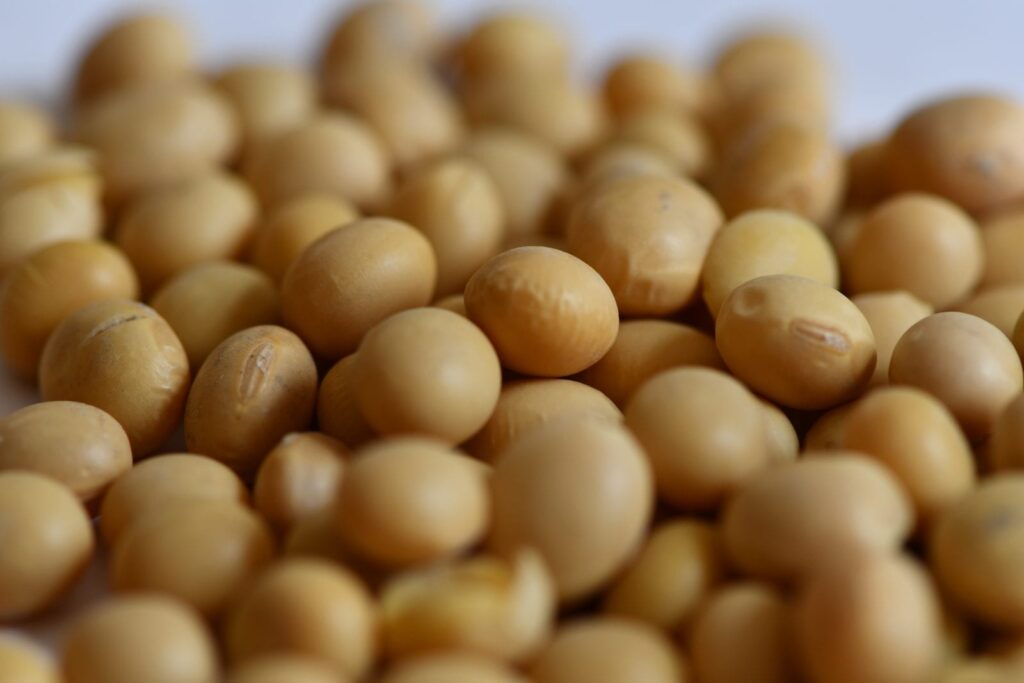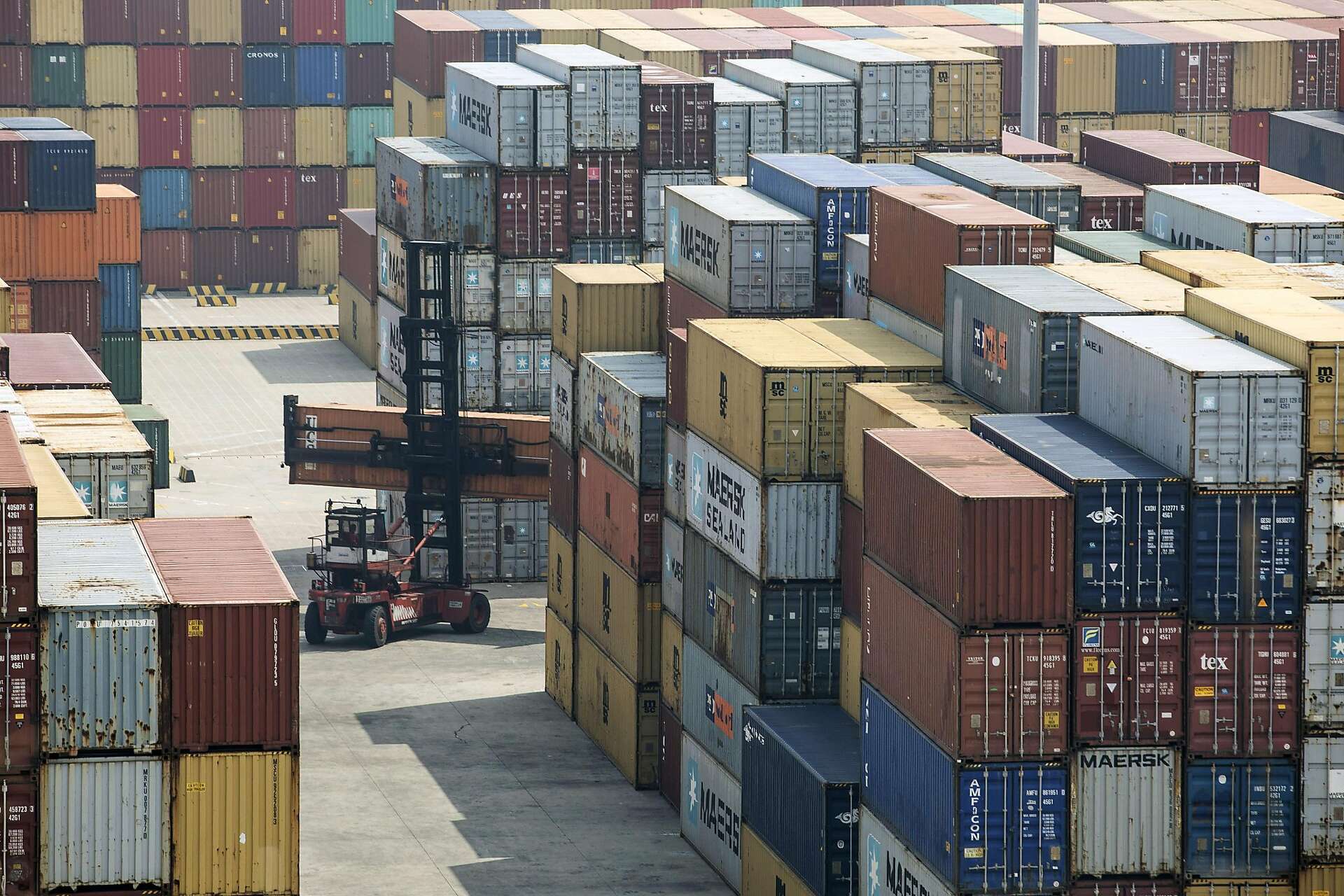Food & Climate
China has American agricultural exports in its cross hairs as it prepares countermeasures against fresh U.S. import tariffs, China’s state-backed Global Times reported, raising the stakes in an escalating trade war between the world’s top two economies.
U.S. President Donald Trump last week threatened China with the extra 10% duty set to take effect on Tuesday, resulting in a cumulative 20% tariff, and accused Beijing of not doing enough to halt the flow of fentanyl into America, which China said was tantamount to “blackmail”, according to a report seen by “Food & Climate” platform.
Fentanyl is a potent synthetic opioid drug approved by the Food and Drug Administration for use as an analgesic (pain relief) and anesthetic. It is approximately 100 times more potent than morphine and 50 times more potent than heroin as an analgesic.
U.S. agricultural and food products
“China is studying and formulating relevant countermeasures in response to the U.S. threat of imposing an additional 10% tariff on Chinese products under the pretext of fentanyl,” Global Times reported on Monday, citing an anonymous source.
“The countermeasures will likely include both tariffs and a series of non-tariff measures, and U.S. agricultural and food products will most likely be listed,” the report added.
China is the biggest market for U.S. agricultural products, and the sector has long been vulnerable to being used as a punching bag in times of trade tensions.
“Despite a decline in imports since 2018, any tariffs on key U.S. agricultural products like soybeans, meat and grains could have a significant impact on U.S.-China trade as well as U.S. exporters and farmers,” said Genevieve Donnellon-May, a researcher at the Oxford Global Society.
“The U.S. agricultural sector has had time to prepare for a second Trump administration and trade war 2.0, with lessons learned from the first Trump administration,” she added.
“So, in theory, it should be in a better place to find alternative markets. However, the reality may prove far more complex.”

The prices increase in China
China’s most active soymeal and rapeseed meal futures, already underpinned by a supply shortage, each surged 2.5% after the Global Times report. The soymeal contract on the Dalian Commodities Exchange hit its highest since Sept 30, 2024.
The world’s top agricultural importer and second-largest economy brought in $29.25 billion worth of U.S agriculture products in 2024, a 14% drop from a year earlier, extending a 20% decline seen in 2023, according to “Reuters”.
Since the U.S. and China imposed tit-for-tat tariffs in their trade war during Donald Trump’s first presidential term, Beijing has taken steps to reduce its reliance on American farm goods in a wider effort to bolster its food security. That has put China in a better position to withstand tariffs of at least 60% on Chinese imports threatened by Trump.
In his first term, Trump slapped duties on $370 billion worth of Chinese goods. Beijing retaliated with tariffs of up to 25% on over $100 billion worth of U.S. products, targeting soybeans, beef, pork, wheat, corn and sorghum.
In the years since, the share of China’s soybean imports from the U.S. – the top American export to China – has dropped to 18% in 2024 from 40% in 2016, according to Chinese customs data, as China has turned instead to imports from Brazil, which has also replaced the U.S. as China’s top corn supplier.
The following some details China’s efforts since the trade war with the U.S. to diversify agriculture supply sources, boost local production, and bolster food security:
Aug. 5, 2019: China halts purchase of U.S. agricultural products in retaliation against tariffs imposed by the Trump administration.
Jan. 16, 2020: Trump and China’s then-Vice Premier Liu He sign a “Phase One” trade agreement where China agrees to raise purchases of American goods by $200 billion over two years, including $32 billion in agriculture products.

April 14, 2023: In bid to curb soybean imports, China rolls out plan to reduce soymeal ratios in animal feed to less than 13% by 2025, from 14.5% in 2022. It plans to approve microbial proteins for feed and pilot projects to use leftover food and animal carcasses for animal feed, according to “Reuters”.

